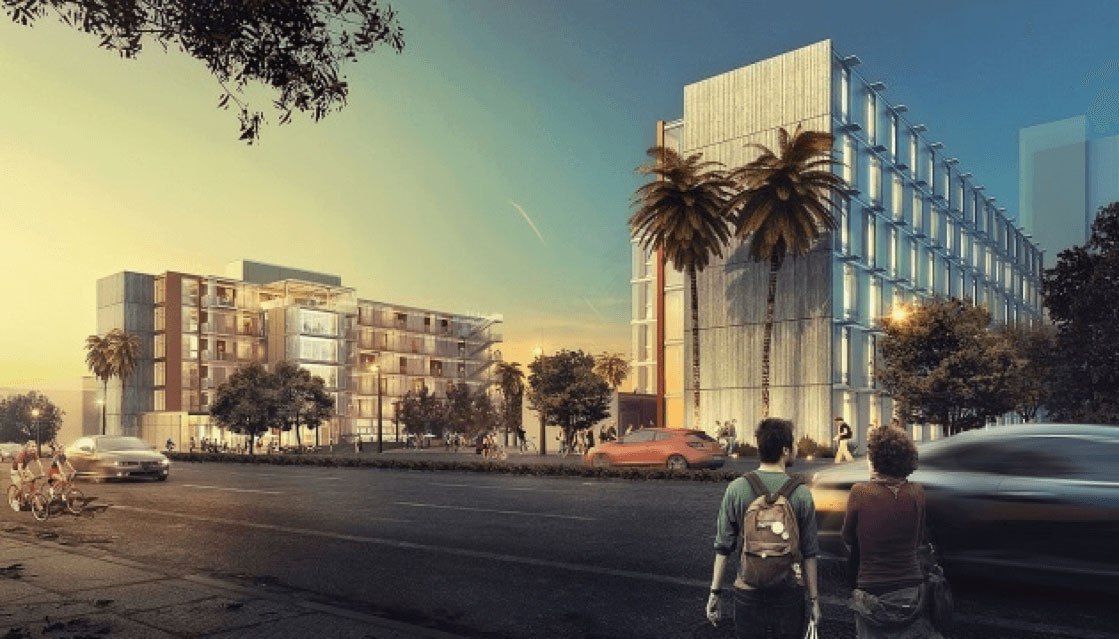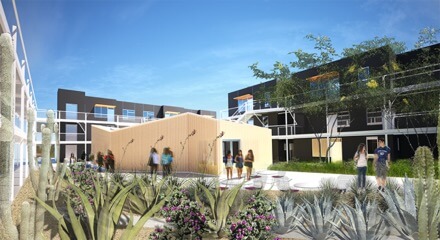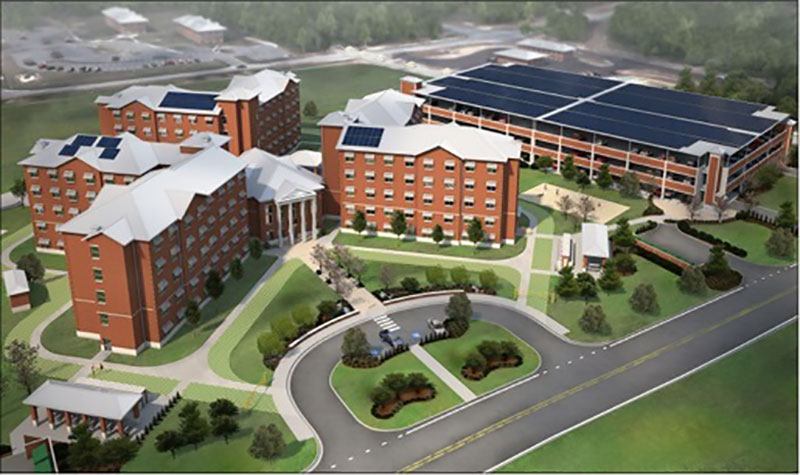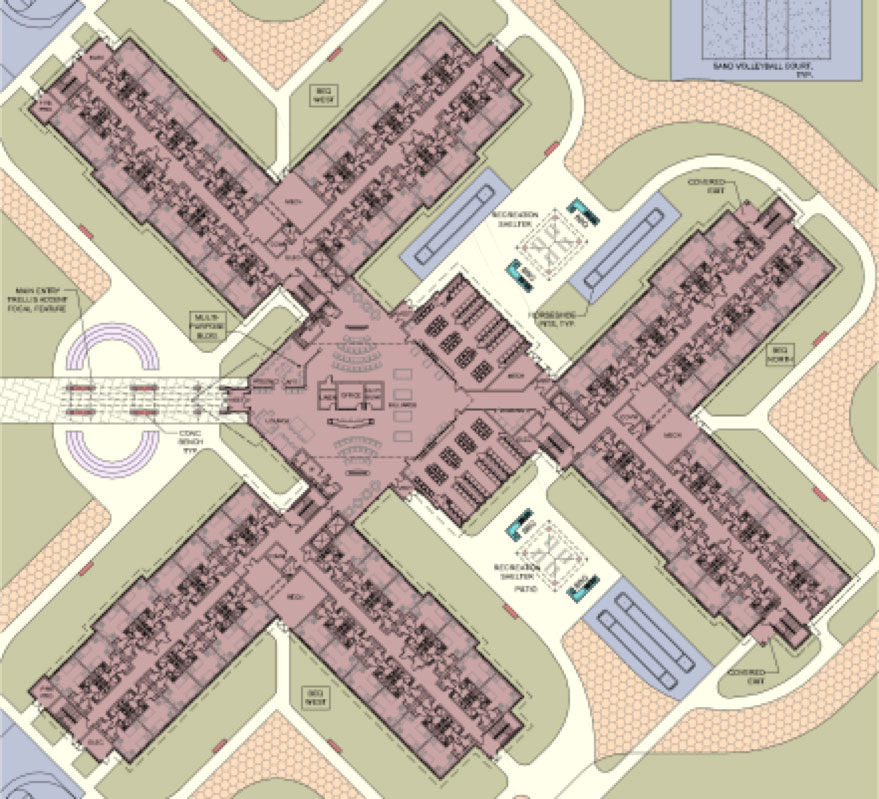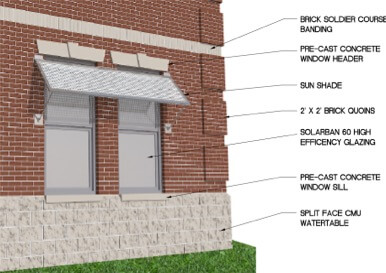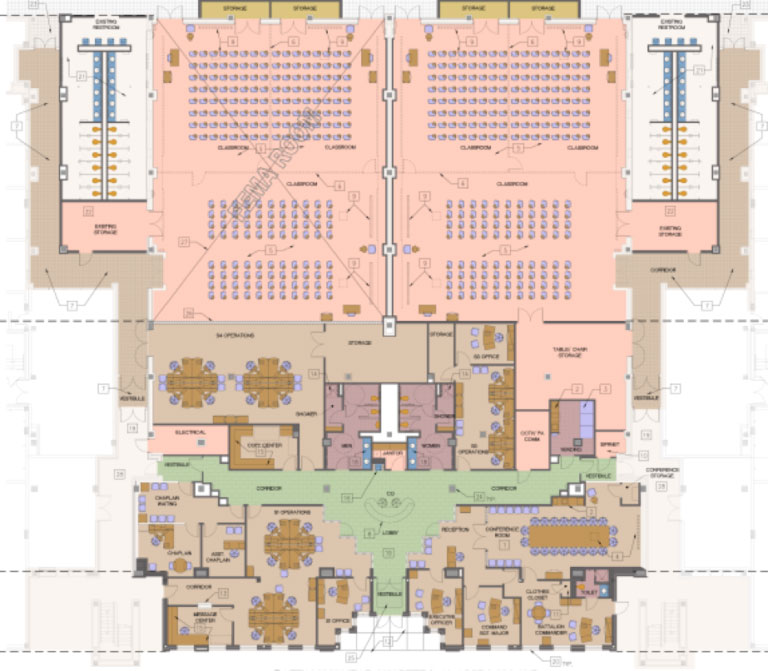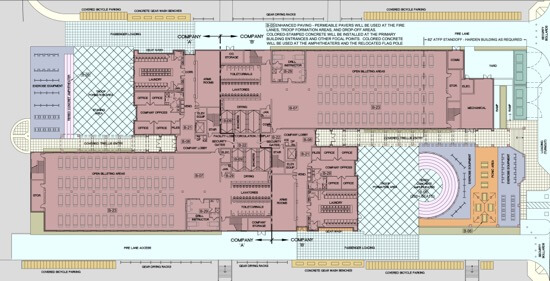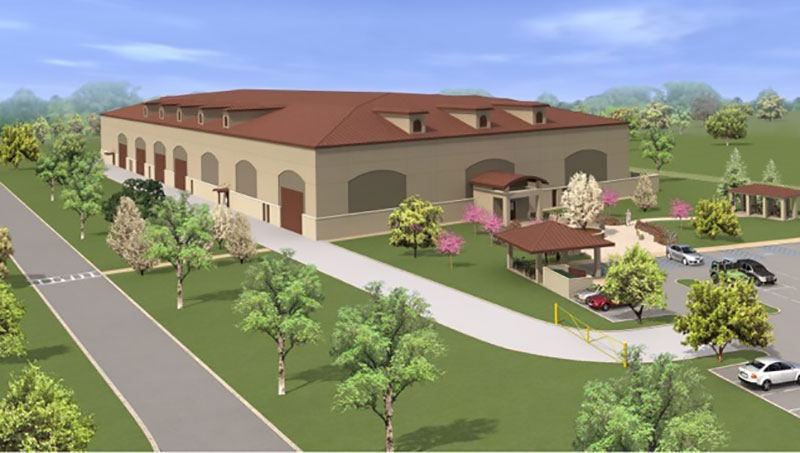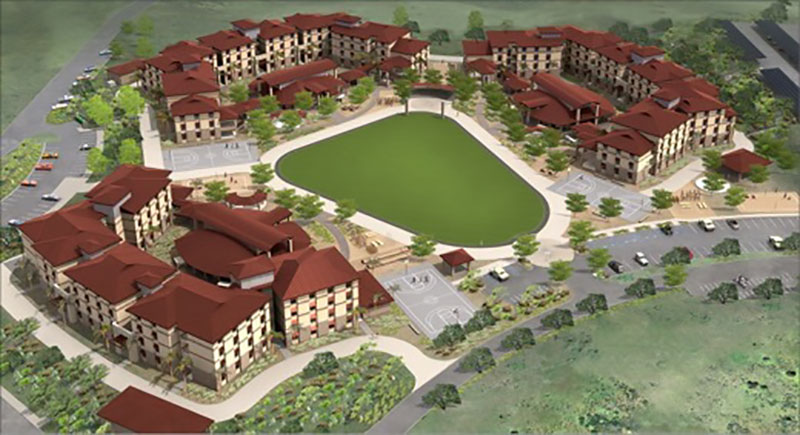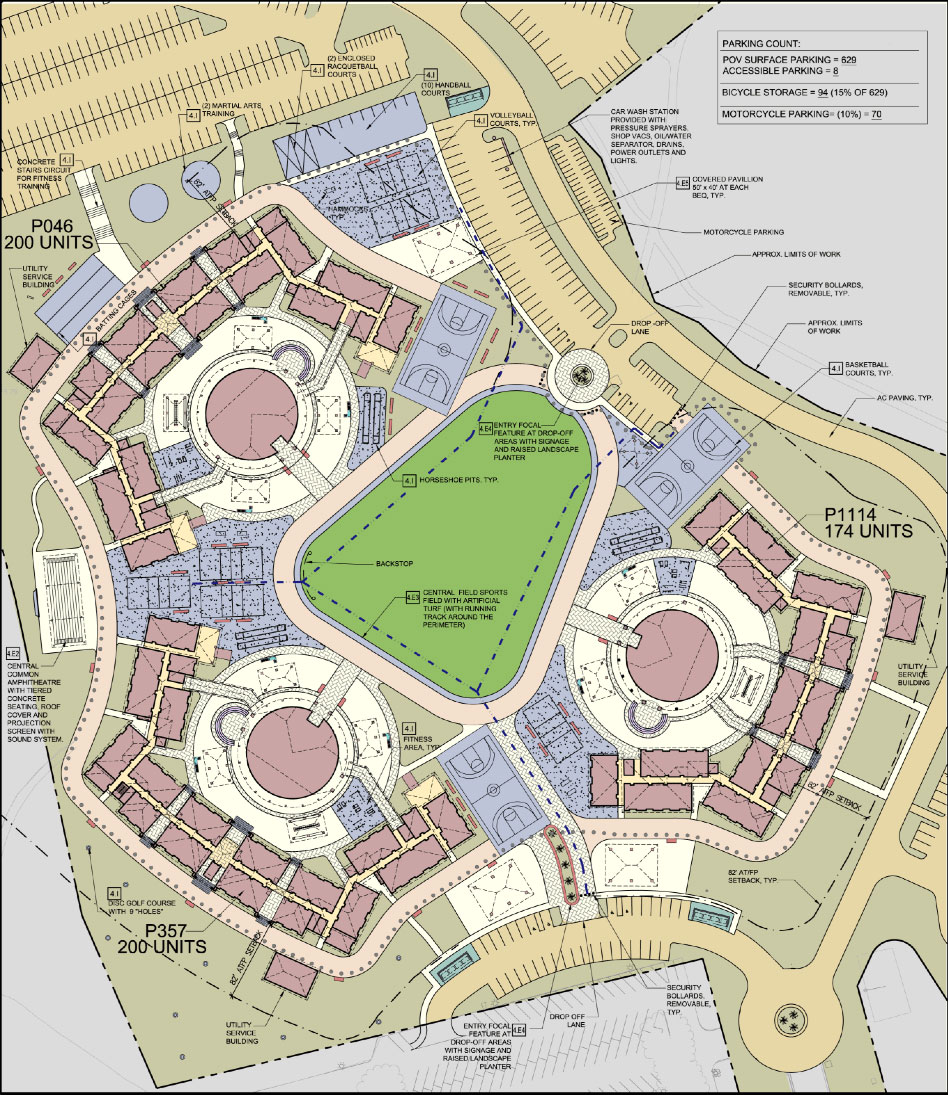The Design/Build Advantage
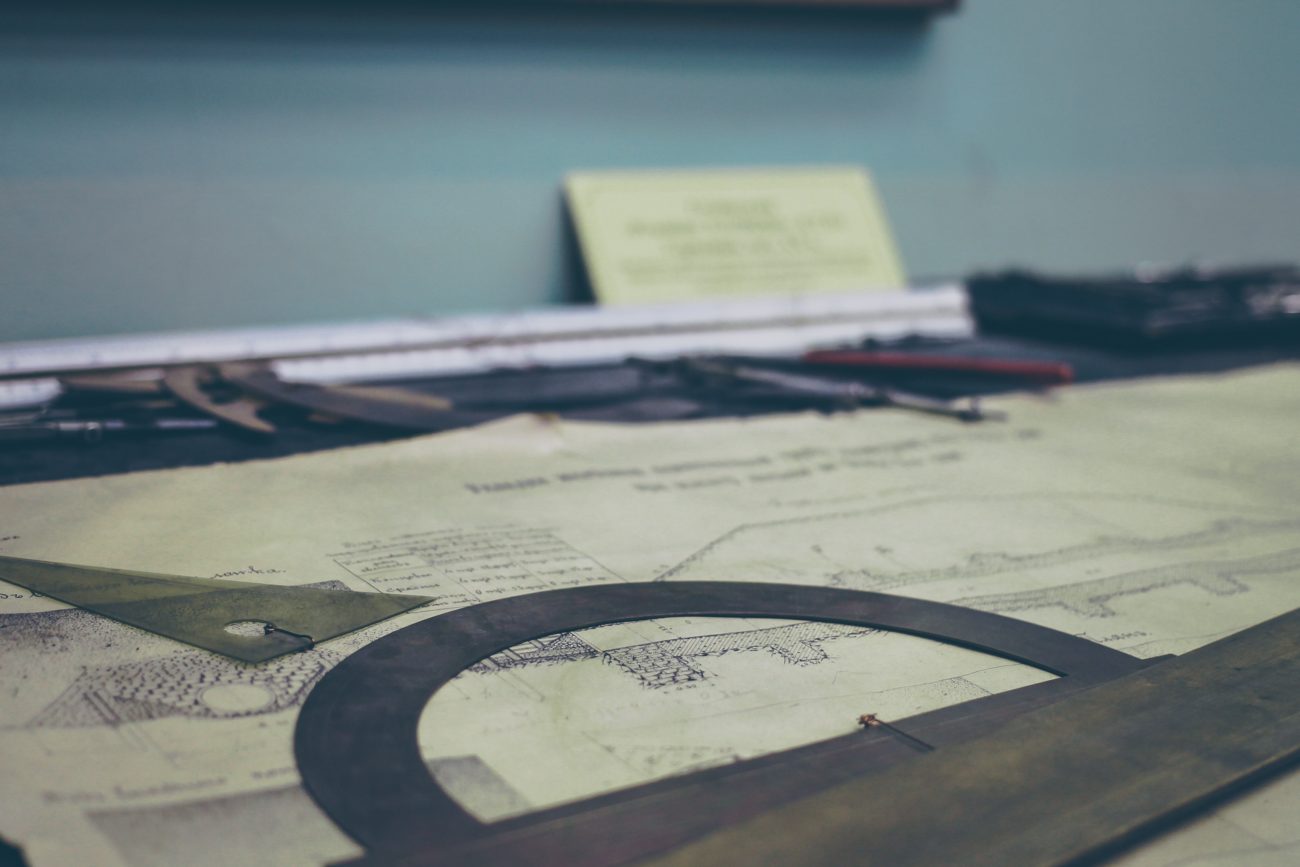
When a client chooses to work with a well-balanced and professional design-build entity the outcome simply saves time and money. Relationships are transformed into an alliance which fosters collaboration and teamwork. Compared to the traditional design-bid-build project delivery method there are many advantages to using the design-build method of construction:
Single Point of Contact
The design-build approach provides a single source for the entire project. In the classic design-bid-build method the owner must: Select an architect/designer, finalize the design, bid the project, select a contractor, and then act as an intermediary. Contrary to this, by utilizing a collaborative team that includes the architects, builders, subcontractors, suppliers, as well as the owner, the design-builder can ensure the owner’s goals are met. This method fosters teamwork and lends itself to cooperation. The relationship built during the design phase helps to ensure that the stage is set for a successful construction project.
Budget Management
Outlining anticipated project costs during the design phase helps to keep the projects within a realistic budget. Communicating the cost implications of design decisions ensures that the owner plays a key role in arriving at the final project price. Once the scope of work has been finalized, the project costs are clearly defined and controlled by the design-build firm.
Enhanced Communication
Specific design and construction details are being developed throughout the entire process and the focus stays on owner “value”. The communication benefits of working with a design professional and a construction expert at the same time ensures that potential problems are discovered before the project starts.
Faster Project Completion
Design-build projects can be completed in a shorter amount of time as bid time is reduced, scheduling for the project can begin before design is finalized, potential construction problems are uncovered early and enhanced communication keeps everything moving. As a fully integrated team the amount of time from the inception of a project to its completion can be considerably reduced.
Quality Control
The design build method helps to remove ambiguity that may arise in material and construction specifications. Since the designer, engineer and builder are from the same firm, the focus remains on protecting the client’s investment.


